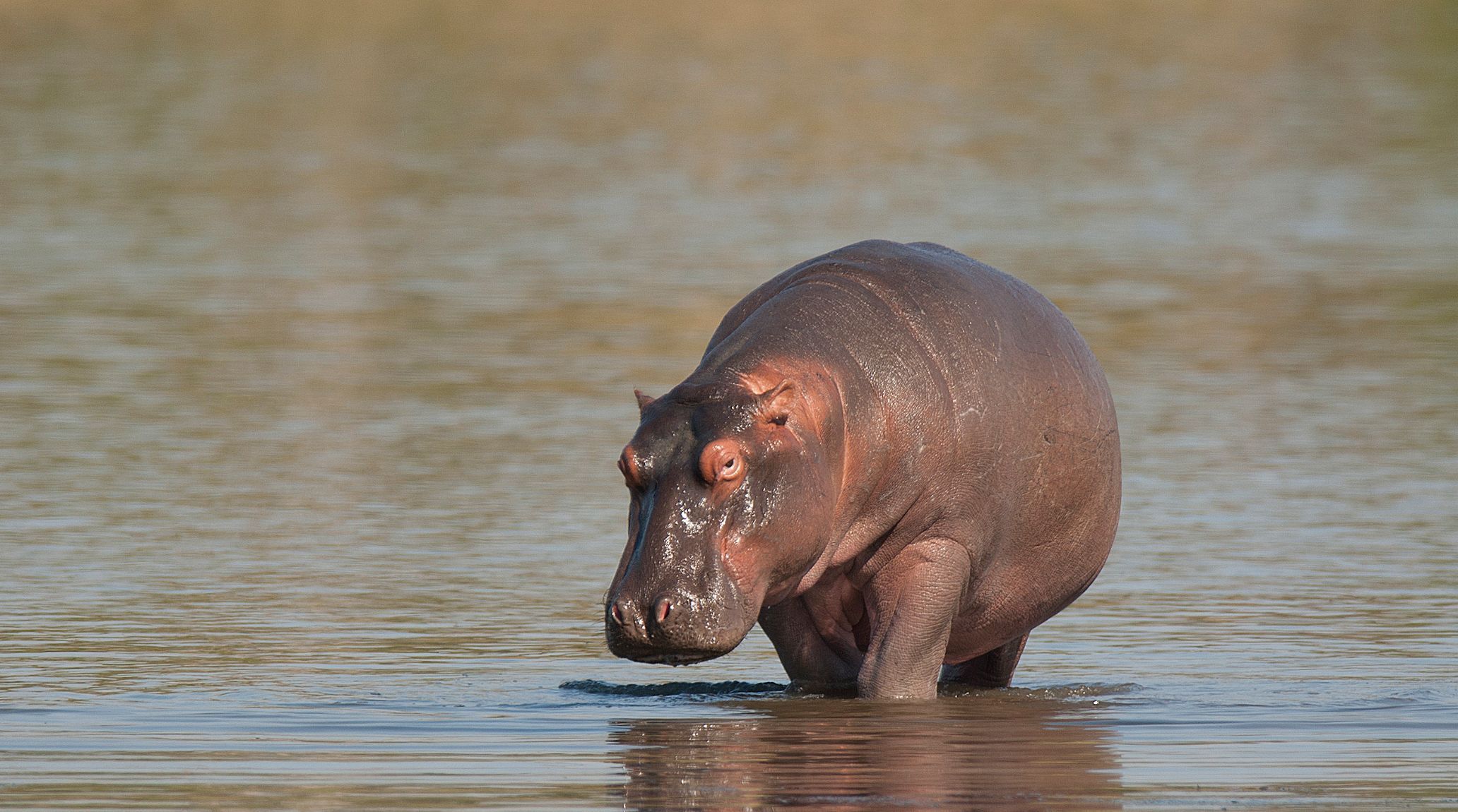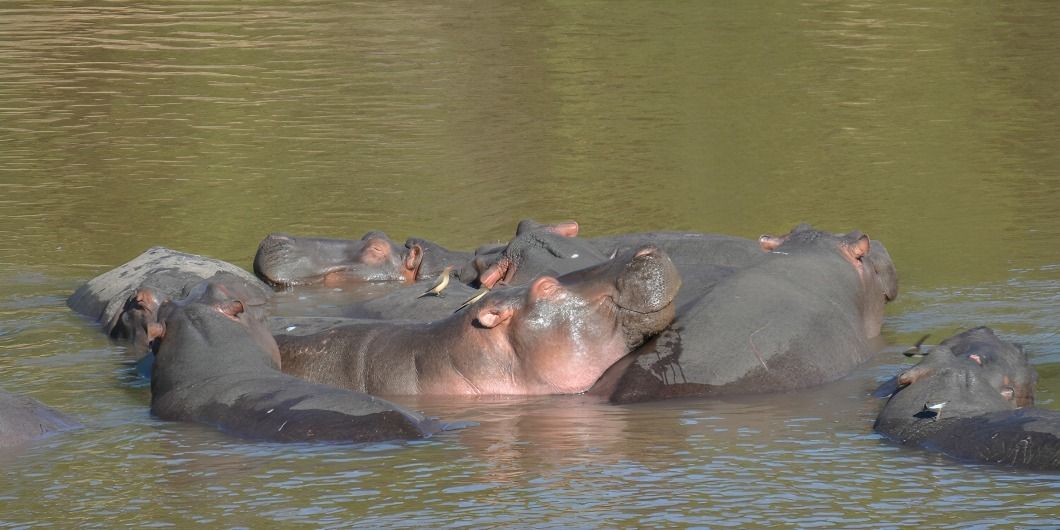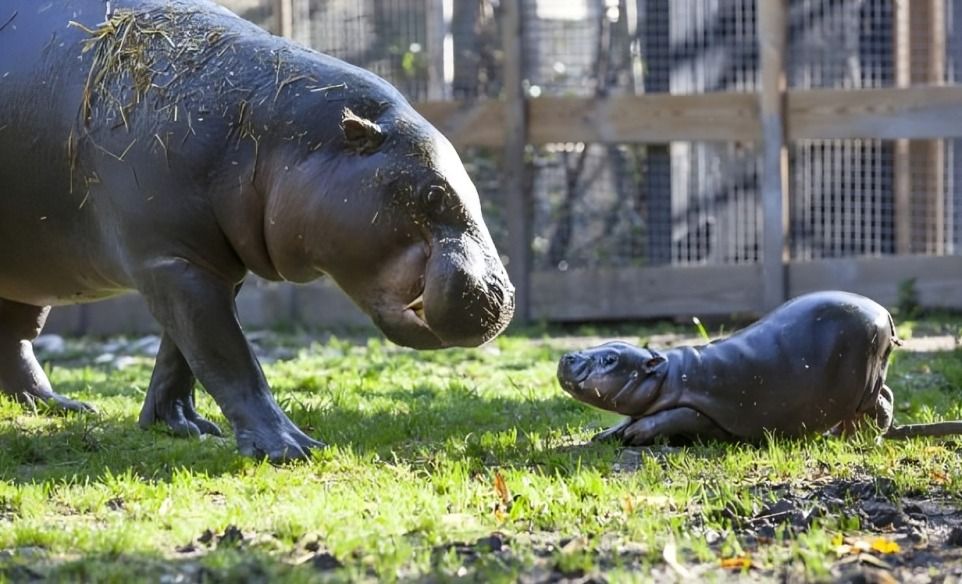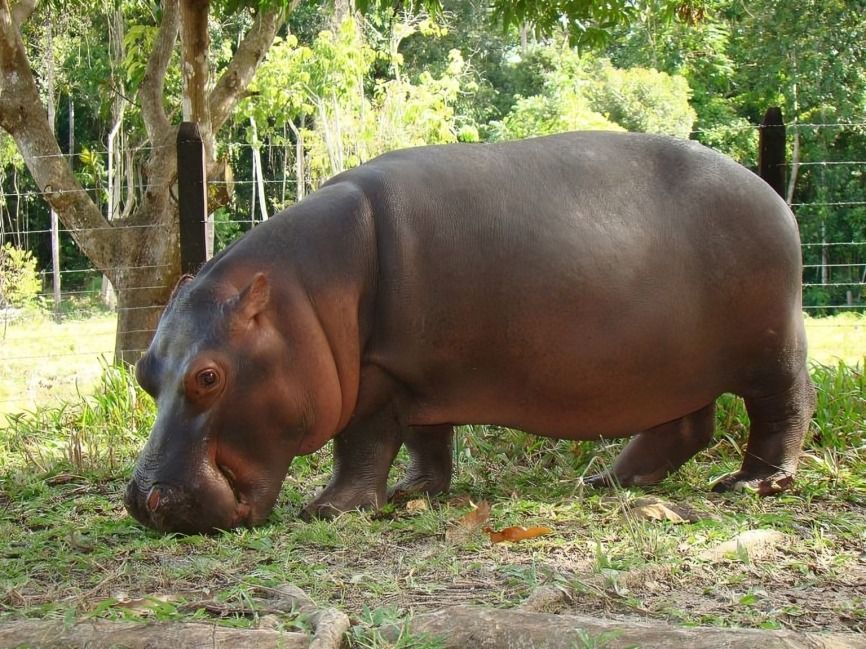
“
Hippopotamuses, commonly known as hippos, are one of the most fascinating animals on Earth. These enormous creatures, often referred to as "river horses," spend much of their time in water, showcasing a unique blend of aquatic and terrestrial adaptations. In this blog, we'll uncover 20 interesting facts about hippos that will captivate kids and curious minds alike. From their massive mouths to their social behaviors, get ready to dive into the amazing world of hippopotamuses!1
1
”
Hippopotamuses, or hippos, are the third largest land animals after elephants and rhinoceroses. The word "hippopotamus" comes from Greek, meaning "river horse." These massive creatures can weigh up to 3,300 pounds!1
Hippos have large mouths that can open up to 150 degrees wide. This impressive feature helps them graze on grass and display dominance. Their mouths are equipped with large, sharp tusks.2

Hippos spend most of their day in the water to keep their massive bodies cool. They are excellent swimmers and can hold their breath underwater for up to five minutes. Their eyes, ears, and nostrils are positioned on top of their heads.
Hippos produce a natural sunscreen, a reddish oily fluid, that protects their skin from the sun and infections. This unique adaptation helps them survive under the harsh African sun.3
Hippos are herbivores and mainly eat grass and aquatic plants. They can consume up to 150 pounds of grass in a single night! 4
Hippos are social animals and live in groups called pods or bloats. A typical hippo pod can have around 10-30 members, but some groups can be much larger. These groups provide protection and social interaction.5
Hippos communicate with each other using a variety of vocalizations, including grunts, roars, and bellows. They also communicate through body language and scent marking. These methods help maintain social bonds and territorial boundaries.6

Baby hippos, called calves, are born underwater and can swim from birth. Calves weigh between 55 and 120 pounds at birth. A mother hippo is very protective of her calf and will aggressively defend it from threats.
Hippos can live up to 40-50 years in the wild. Their long lifespan allows them to play a crucial role in their ecosystem. They are found in sub-Saharan Africa, inhabiting rivers, lakes, and swamps.7
Hippos have a unique way of sleeping: they can sleep underwater and automatically rise to the surface to breathe without waking up. This adaptation allows them to rest while staying cool and safe from predators.8
Hippos are most dangerous to humans when they feel threatened, or their territory is invaded. They have powerful jaws and can crush a crocodile or a small boat. Hippos are considered one of the most dangerous animals in Africa.9
Despite their bulky appearance, hippos are excellent swimmers. They prefer to walk or run along the riverbed rather than float. Hippos can stay underwater for up to six minutes without coming up for air.10
Hippos have incredibly thick skin, which can be up to 2 inches thick. This tough skin protects from predators and environmental hazards. It also helps them retain moisture and regulate their body temperature.11
Hippos are generally nocturnal, resting during the day and becoming active at night. They feed on land at night when it’s cooler, which helps them avoid the heat of the day. Their nocturnal habits help them conserve energy.12
Hippos secrete a natural antibiotic substance in their sweat to help heal wounds. This adaptation helps prevent infections in their skin. Their sweat also acts as a moisturizer and sunscreen.13
Despite their enormous size, hippos can run up to 19-25 miles per hour (30-40 km/h) on land. This remarkable speed aids in escaping threats and asserting dominance, demonstrating their surprising agility and power despite their bulk.14
Hippos have a lengthy gestation period of about 8 months. After this time, a female hippo gives birth to a single calf, which is born underwater. The mother provides intensive care and protection to the newborn for several weeks.15
Hippos possess large, formidable canine teeth, which can grow up to 50 centimeters (20 inches) long. These teeth are crucial for their defense and dominance, enabling them to fend off threats and compete for territory effectively.16
Female hippos, known as cows, typically give birth to a single calf every two years. Shortly after birth, the mother and her calf join other cows and their young for added protection against predators like crocodiles, lions, and hyenas.17

The African hippopotamus is now the largest invasive species in Colombia. Introduced by Pablo Escobar, their population has grown from 4 to 19 since he died in 1993.


